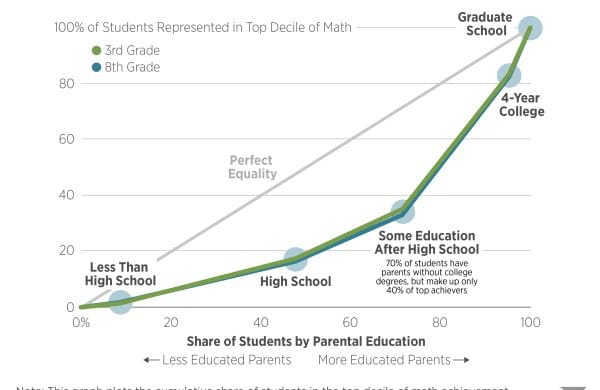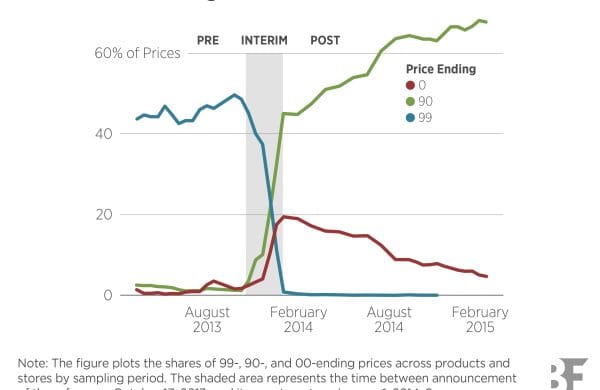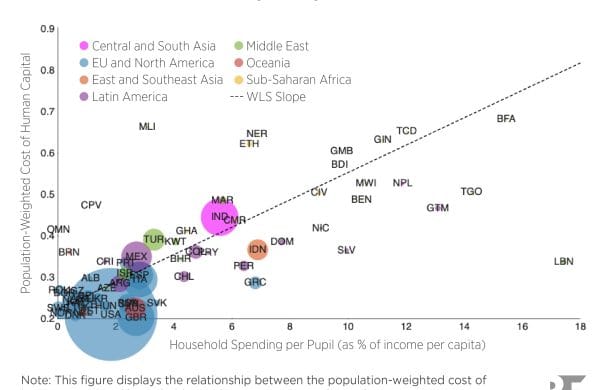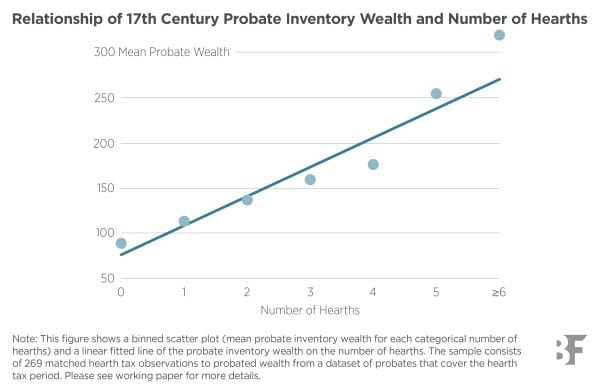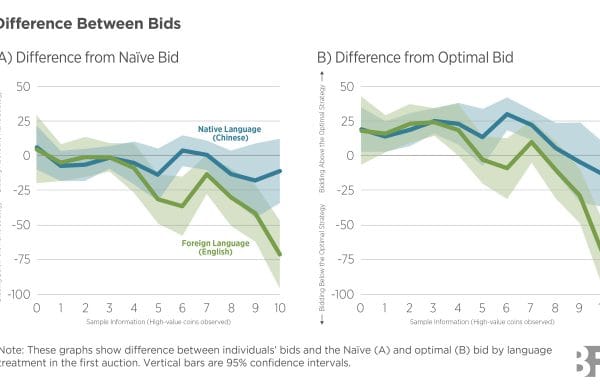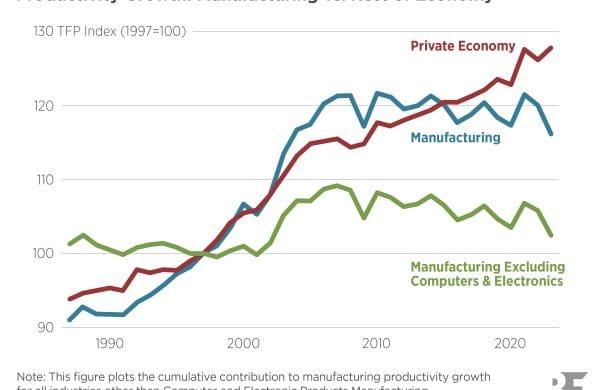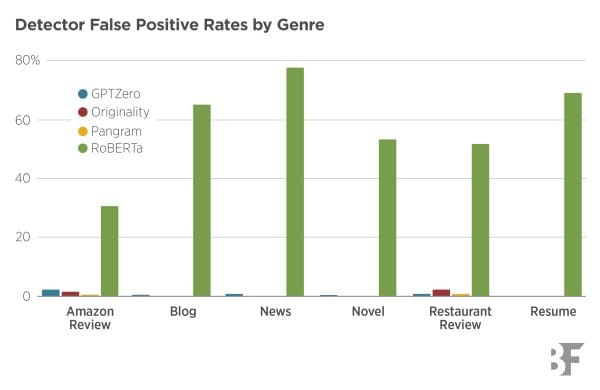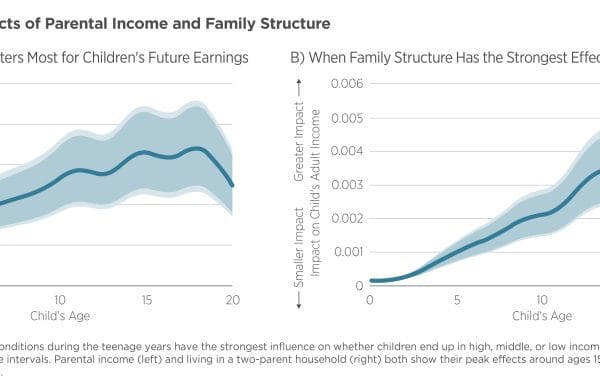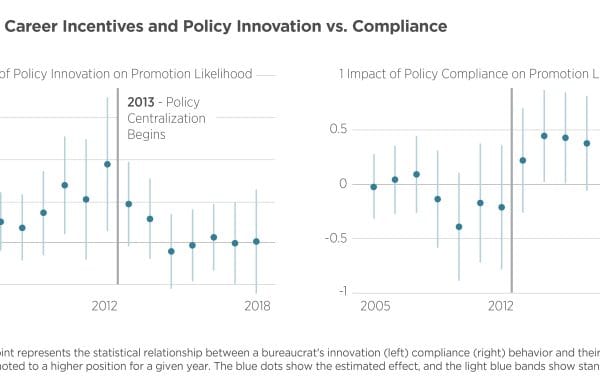- About
- Network
- Research Initiatives
- Big Data Initiative
- Chicago Experiments Initiative
- Health Economics Initiative
- Industrial Organization Initiative
- International Economics and Economic Geography Initiative
- Macroeconomic Research Initiative
- Political Economics Initiative
- Price Theory Initiative
- Public Economics Initiative
- Ronzetti Initiative for the Study of Labor Markets
- Socioeconomic Inequalities Initiative
- Research Initiatives
- Scholars
- Research
- Jealousy of Trade: Exclusionary Preferences and Economic NationalismAlex Imas, Kristóf Madarász, and Heather SarsonsWho Pays for Tariffs Along the Supply Chain? Evidence from European Wine TariffsAaron B. Flaaen, Ali Hortaçsu, Felix Tintelnot, Nicolás Urdaneta, and Daniel XuOption Value of Apex Predators: Evidence from a River DiscontinuityEyal Frank, Anouch Missirian, Dominic P. Parker, and Jennifer L. Raynor
- Insights
Videos
BFI Youtube Channel
- Events
Upcoming Events
- News













